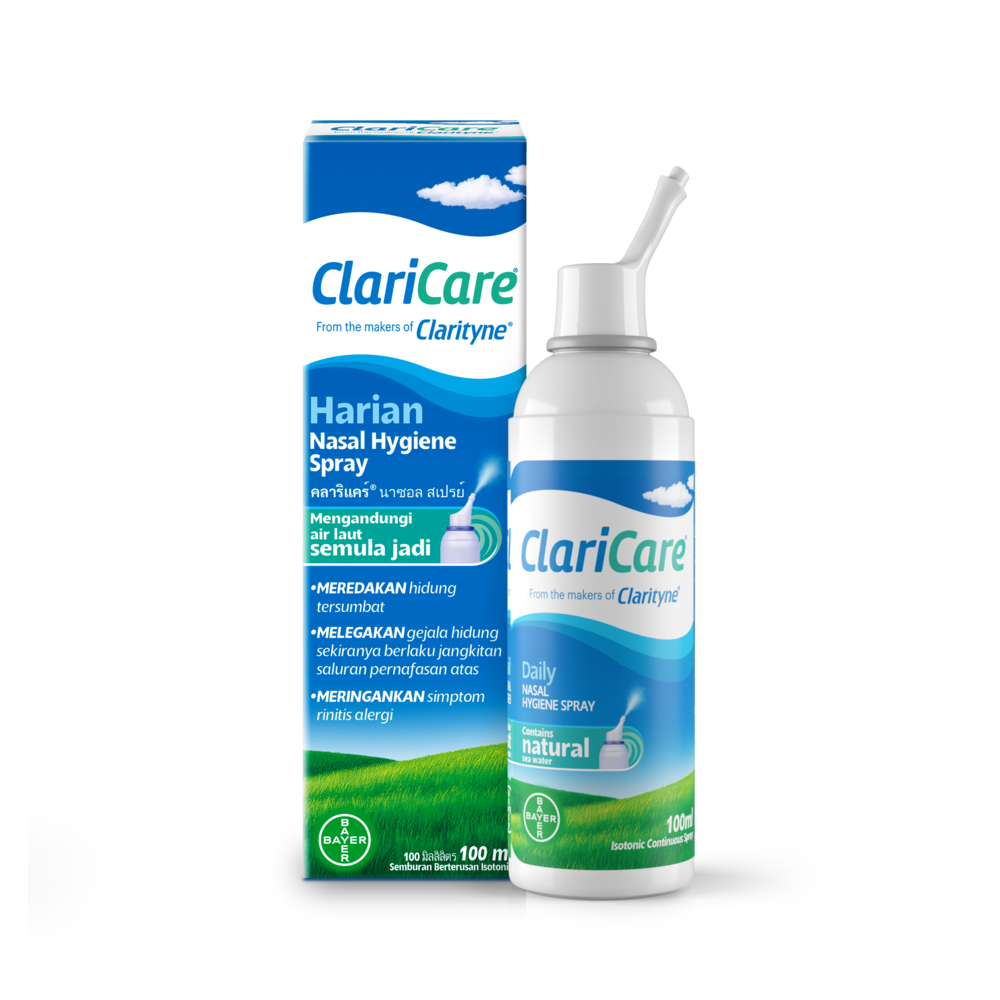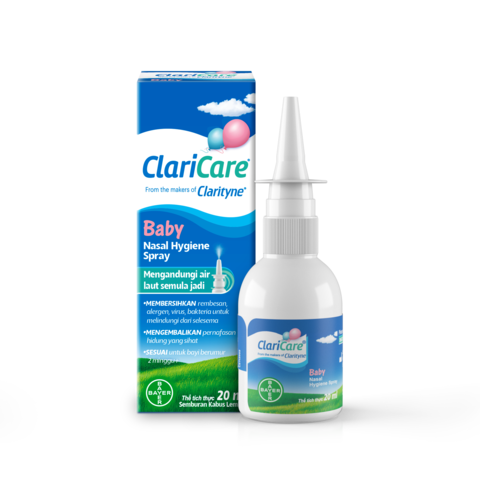
Allergy Glossary
Find common allergy terms below to help you better understand conversations with your doctor about your condition and symptoms.
A
Allergen
A substance that your body perceives as foreign and harmful; initiates the allergic reaction.
Allergic Rhinitis
Allergic rhinitis is a condition caused by the overreaction of the immune system to allergens from plants, dust, mold and animals. Common symptoms include sneezing, runny nose, itchy, watery eyes, itching of the nose or throat.
Allergy
An exaggerated response of the immune system to a substance that is ordinarily harmless.
Anaphylaxis
Severe, life-threatening allergic response that may be characterized by symptoms such as lowered blood pressure, wheezing, vomiting or diarrhea, and swelling and hives.
Angioedema
Swelling similar to urticaria (hives), but the swelling occurs beneath the skin instead of on the surface. Angioedema is characterized by deep swelling that commonly occurs around the eyes and lips and sometimes of the hands and feet.
Antibodies
Specialized proteins produced by white blood cells that circulate in the blood. Antibodies seek and attach to foreign proteins, microorganisms or toxins in order to neutralize them. They are part of the immune system.
Antigen
A substance, usually a protein, which the body perceives as foreign.
Antihistamine
Medication that relieves symptoms of sneezing, itching and runny nose by blocking histamine receptors.
C
Conjunctivitis
Conjunctivitis is an inflammation of the conjunctiva, the tissue that lines the inside of the eyelid. If the cause is a bacterial infection, it is called "pink eye" or bacterial conjunctivitis. If the cause is allergic, it is called allergic conjunctivitis.
D
Dander (Animal)
Tiny scales that shed from animal skin and get trapped on animal fur or hair. Dander float in the air, settle on surfaces and can make up much household dust. Cat dander is a common cause of allergic reactions.
Decongestant
Medication that shrinks swollen nasal tissues to relieve symptoms of nasal swelling, congestion and mucus secretion.
Dermatitis
Inflammation of the skin, either due to direct contact with an irritating substance or to an allergic reaction. Symptoms include redness, itching, and, sometimes, blistering.
Dust Mites.
A common trigger for indoor allergies. They are microscopic mites that live in the fibers of pillows, mattresses, blankets and carpet. They live off of our dead skin cells. Inhalation of their droppings can cause allergic reactions such as runny nose, sneezing and nasal congestion.
H
Hay Fever
See Seasonal Allergies
HEPA
High-efficiency particulate air (HEPA) filter that removes particles in the air by forcing it through screens containing microscopic pores where it is captured.
Histamine
A naturally occurring substance that is released by the immune system after being exposed to an allergen. When you inhale an allergen, mast cells located in the nose and sinus membranes release histamine. Histamine then attaches to receptors on nearby blood vessels, causing them to enlarge (dilate). Histamine also binds to other receptors located in nasal tissues, causing redness, swelling, itching and changes in the secretions.
Hives
Hives (also called urticaria) are itchy, swollen, red bumps or welts on the skin that appear as a result of the body’s adverse reaction to certain allergens. They can appear anywhere on the body, including the face, lips, tongue, throat or ears.
Hypoallergenic
Products designed to be less likely to cause an allergic reaction.
I
Immune System
The body’s defense system that protects us against infections and foreign substances.
Indoor Allergies
Characterized by an overreaction of the immune system to certain allergens (see Allergens) commonly found indoors, such as mold spores, pet dander, cockroaches or dust mites (also called perennial allergies). Indoor allergies tend to last longer than allergies caused by exposure to outdoor allergens.
M
Mold
Parasitic, microscopic fungi (like Alternaria) that float in the air like pollen. Mold spores are a common trigger for allergies and can be found in damp areas, such as the basement or bathroom, as well as outdoors in grass, leaf piles, hay, mulch or under mushrooms.
Mold Count
A measure of the amount of outdoor mold spores in the air. The count is reported as grains of mold spores per cubic meter of air and is translated into a corresponding level: absent, low, moderate, high or very high.
O
Outdoor Allergies
Characterized by an overreaction of the immune system to certain allergens (see Allergens) commonly found outside, such as tree, grass or weed pollens, mold spores, etc. (Also called hay fever and seasonal allergies). Outdoor allergies tend to last for shorter periods of time than those caused by exposure to indoor allergens.
P
Perennial Allergies
A chronic disease characterized by an overreaction of the immune system to certain allergens (see Allergens) commonly found indoors, such as mold spores, pet dander, cockroaches or dust mites. Also called indoor allergies.
pet dander.
Dander (Animal) Tiny scales that shed from animal skin and get trapped on animal fur or hair. Dander float in the air, settle on surfaces and can make up much household dust. Cat dander is a common cause of allergic reactions.
Pollen
A fine, powdery substance, typically yellow, consisting of microscopic grains discharged from the male part of a flower called stamens or from the male cone of a tree.
Pollen counts
A measure of the amount of pollen in the air. The counts are usually reported for three types of pollen: grasses, trees and weeds. The count is reported as grains per cubic meter of air and is translated into a corresponding level: absent, low, moderate, high or very high.
R
Rhinitis.
An inflammation of the mucous lining of the nose.
S
Seasonal Allergies
A chronic disease characterized by an overreaction of the immune system to certain allergens commonly found outside, such as tree, grass, or weed pollens,or mold spores. Also called hay fever, outdoor allergies.
Sinusitis
Inflammation of the sinuses caused by bacterial, viral or fungal infection or allergies.
U
Urticaria
Urticaria (also called hives) are itchy, swollen, red bumps or welts on the skin that appear suddenly. They may be a result of the body’s adverse reaction to certain allergens. They can appear anywhere on the body, including the face, lips, tongue, throat or ears.
REFERENCES
-
What Does 'Hypoallergenic' Mean? Accessed January 31, 2018.



